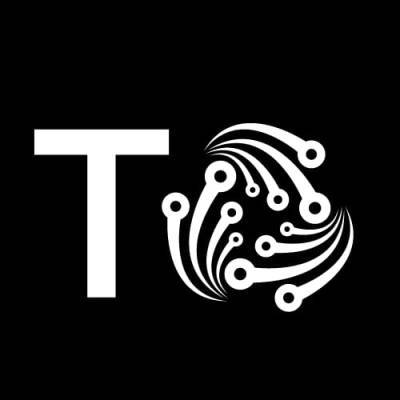Text
The Role of Tech in Precision Agriculture
Amid the rising concerns about food security and climate change, it’s become clear that agriculture must step up its game. While traditional methods may produce food, they don’t do so as efficiently or sustainably as we need them to. Fortunately, precision farming techniques are allowing farmers to grow crops that not only increase yields but also protect the environment.
While the concept of precision agriculture isn’t a new one, it’s gained momentum as technology advances and farmers seek to take full advantage of its benefits. Specifically, this means optimizing the use of agricultural inputs like fertilizers and pesticides, as well as increasing crop quality and yield. Using modern tech like GPS, drones, and soil maps, it’s possible to make all of this happen with less stress, ensuring greater profitability for farmers and agribusinesses.

Variable rate application (VRT) is at the center of this trend, but many other technologies are a part of precision agriculture as well. For example, GPS systems allow machines to operate on a set schedule without needing human intervention. GPS is also used to collect detailed maps that are useful for a variety of purposes, including tracking the location techogle.co of farm machinery and creating field boundaries. GPS can even determine the type of terrain and elevation in a field, which is helpful when navigating around topographic barriers or other obstacles.
VRT allows farmers to maximize the amount of water they use, as they only spray or apply chemicals where needed. This method also reduces unnecessary pollution of the environment and surrounding communities by limiting the amount of chemicals that are released into soil and air. In addition, it can be used to track soil health and monitor factors that contribute to environmental degradation.
Other technologies can also help make precision agriculture more efficient by reducing the time it takes to complete certain tasks. For instance, a GPS map can be used to identify the best areas in a field for planting, and a drone equipped with a camera can be used to measure plant height and canopy cover. This information can be uploaded to a computer program, which will then create the optimal planting pattern.
Drones can also be used to monitor fields for pest infestation and drought conditions. This information can be viewed in real-time and alerts can be sent to the technology website appropriate personnel. This allows agribusinesses and farmers to be on top of potential issues, which can help minimize the impact of disasters.
With all of these tools at their disposal, it’s important that agribusinesses and farmers utilize the technology to its fullest extent. That means using API integration to ensure that data can be accessed quickly and easily so that the best decisions can be made. By doing this, we can get a good handle on how to meet the world’s growing need for food while protecting the planet at the same time. As long as we continue to keep access and sustainability in mind, the future of a self-sustaining, environmentally friendly global agriculture system is within reach.
1 note
·
View note